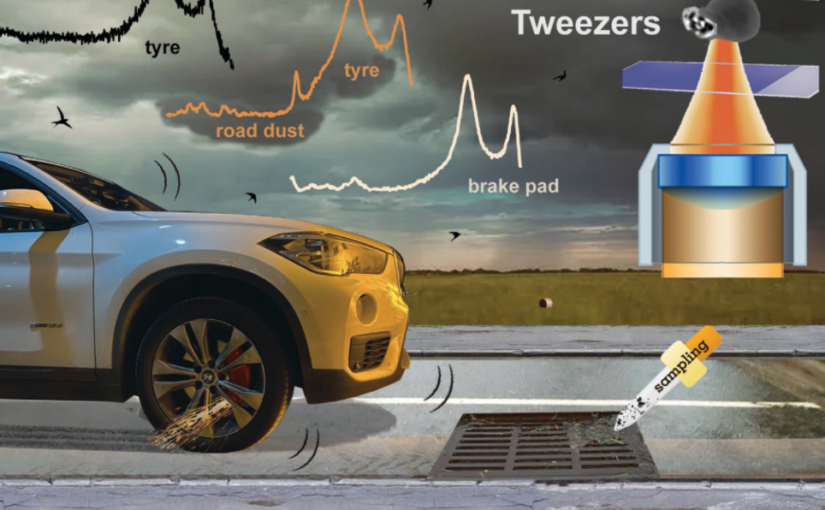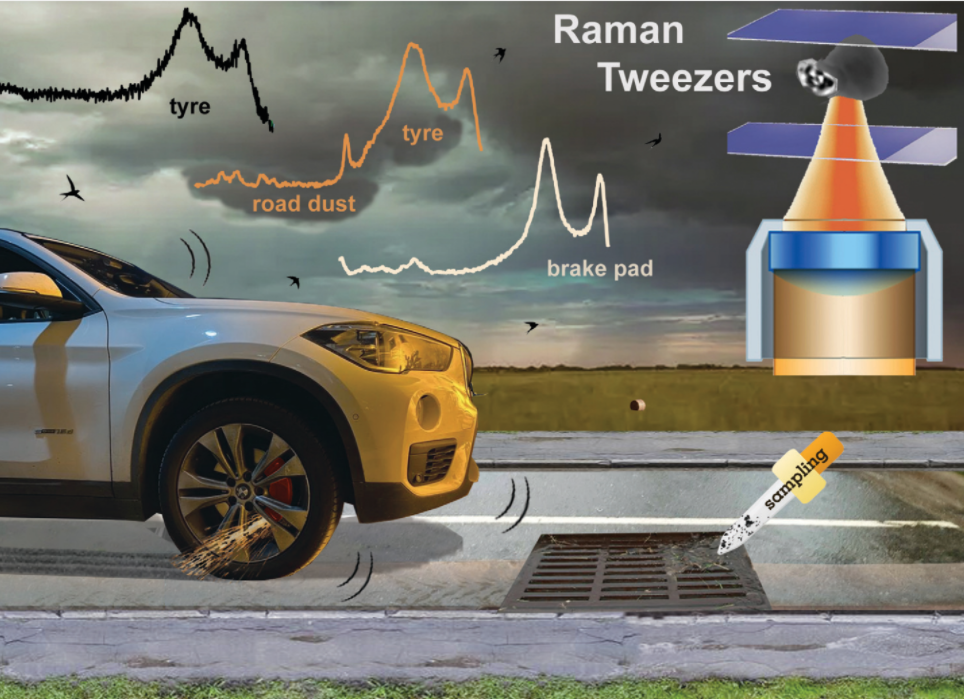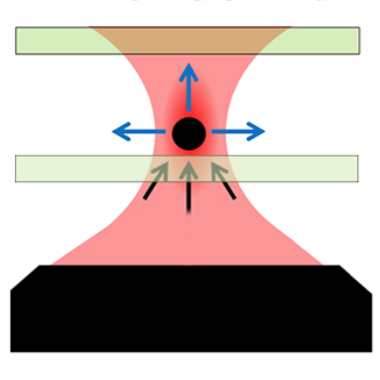Optical calibration of holographic acoustic tweezers
Sonia Marrara, David Bronte Ciriza, Alessandro Magazzù, Roberto Caruso, Giuseppe Lupò, Rosalba Saija, Antonino Foti, Pietro Giuseppe Gucciardi, Andrea Mandanici, Onofrio Maria Maragò, Maria Grazia Donato
EEE Transactions on Instrumentation and Measurement, 72, 9600808-1-8, (2023)
doi: 10.1109/tim.2023.3282303
arxiv: 2403.09286
Recently, acoustic tweezers based on an array of ultrasonic transducers have been reported taking inspiration from holographic optical tweezers. In the latter technique, the calibration of the optical trap is an essential procedure to obtain the trap stiffnesses. On the contrary, in the case of acoustic tweezers the calibration of the acoustic forces is seldom carried out. To cover this gap, in this work, we adapt the calibration protocols employed in optical tweezers to acoustic tweezers based on arrays of ultrasonic transducers. We measure trap stiffnesses in the mN/m range that are consistent with theoretical estimates obtained by calculations of the acoustic radiation forces based on the Gor’kov potential. This work gives a common framework to the optical and acoustic manipulation communities, paving the way to a consistent calibration of hybrid acoustooptical setups.



